

How Transit-Oriented Development Can Transform America’s Southern Cities—And Women’s Lives
Summary
Transit-Oriented Development (TOD) is an approach to urban planning that clusters homes, offices, and shops around transit hubs, making communities more walkable, vibrant, and sustainable. It stands in contrast to traditional car-dependent development, reducing commutes, supporting local businesses, and enhancing environmental and social well-being. For women in design industries, TOD offers a chance to rethink city design while supporting a balanced lifestyle. Southern cities like Atlanta and Houston are already showcasing TOD’s potential to reshape communities. By embracing this movement, designers can contribute to more connected, equitable, and joyful living environments for themselves and others.
Reflection Questions
- How might integrating TOD principles into your design practice enhance your community and support a more balanced lifestyle for you and others?
- What opportunities do you see to combine creativity and sustainability in the context of TOD for Southern cities?
- In what ways can you engage your local community to shift mindsets and encourage the adoption of more walkable, transit-friendly neighborhoods?
Journal Prompt
Reflect on your own neighborhood or city. What would it look like if it embraced Transit-Oriented Development? Imagine walking through a TOD-inspired area—how would it feel different from today? How would it change the way you, your family, and your community live, work, and connect?
As creative women in design industries, you know that movement is at the heart of both your work and your life—how people move through space, how ideas flow, and how communities connect. How we move through life matters. Transit-Oriented Development (TOD) projects could transform not only America’s Southern cities but also how we live and work within them. From sprawling suburbs to historic downtowns, these cities are on the brink of change, and TOD can be the bridge to more walkable, vibrant, sustainable, and equitable communities. But this isn’t just about city planning—it’s about building a lifestyle that supports your passion for design, your dedication to family, and your need for balance. How can reimagining transit and urban development elevate your work, spark inspiration, and make life just a bit easier? Let’s explore the potential of TOD to reshape cities—and lives.
What Exactly is Transit-Oriented Development (TOD)?
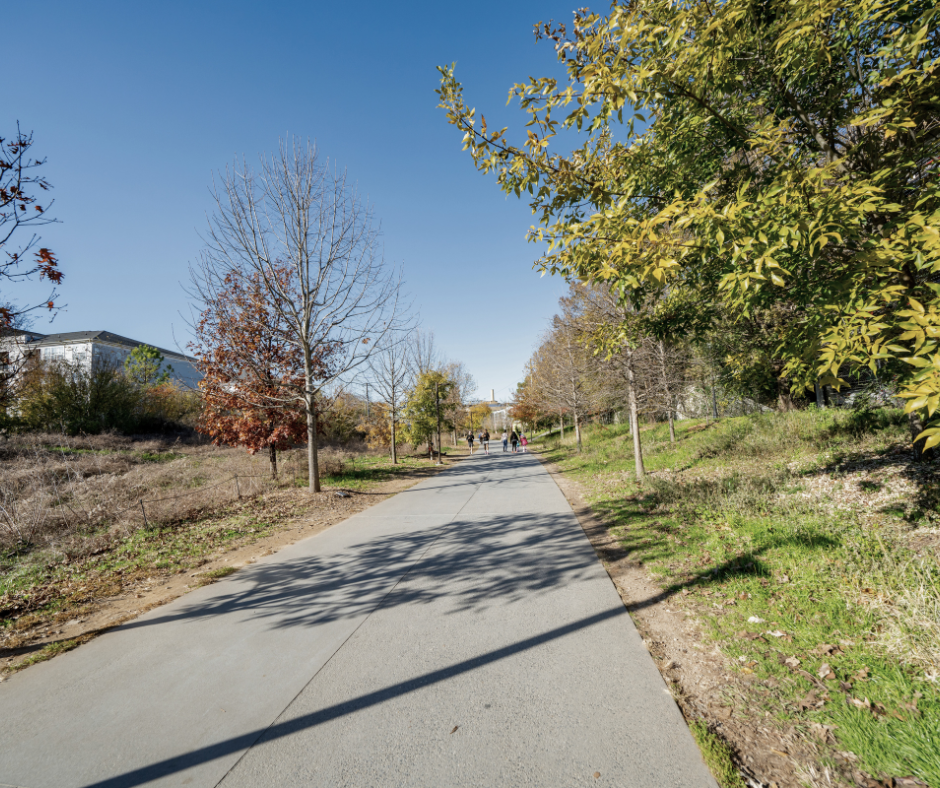

Imagine communities where homes, offices, shops, and parks are all clustered around transit hubs—places where it’s easy to hop on a bus, train, or bike and get to your destination without a car. TOD creates compact, mixed-use neighborhoods that make life easier, more sustainable, and connected. Think of it as the opposite of urban sprawl: instead of long commutes and spread-out developments, TOD fosters walkability, efficient use of space, and a focus on the human experience.
TOD vs. Traditional Development
Traditional development often means sprawling, car-dependent neighborhoods that separate residential, commercial, and recreational spaces—think long commutes, parking lots, and single-use zoning. There is rarely any mixed-use development. In contrast, TOD integrates these elements, placing homes, offices, and shops close to each other and public transit, leading to more walkable, bike-friendly environments.
For designers, this means moving beyond the limitations of traditional zoning and car-centric planning to create neighborhoods that feel cohesive, human-scaled, and dynamic. TOD offers the opportunity to reimagine how space is used and how it can shape healthier, happier lifestyles—not just for city dwellers but also for the designers themselves who are striving to balance creative work, personal time, and family life.
The Many Benefits of TOD
- Reduced Car Dependence & Shorter Commutes
Encourages the use of public transit, walking, and biking, reducing traffic congestion and time spent traveling. - Improved Air Quality and Reduced Air Pollution
With fewer cars on the road, TOD helps reduce emissions of pollutants, leading to cleaner air and healthier living conditions for residents. - Walkable, Vibrant Communities
Mixed-use developments create neighborhoods where amenities like shops, parks, and workplaces are all within easy walking distance. - Increased Health & Well-being
Walkable, active spaces promote physical activity, social interaction, and mental well-being, contributing to healthier lifestyles. - Environmental Sustainability
Less reliance on cars means reduced emissions and energy consumption, along with greener design choices like rain gardens, green roofs, and urban parks. - Economic Growth & Local Business Support
TOD projects often revitalize neighborhoods, increase property values, and support local businesses by fostering walkable, densely populated areas. - Stronger Sense of Community
Mixed-use developments and public spaces bring people together, promoting social connection and more cohesive communities. - Equitable and Affordable Housing
TOD encourages a mix of housing options—such as apartments, condos, and affordable housing units—close to transit and amenities, making city living more accessible for a diverse range of residents. - Efficient Use of Space & Resources
Denser development conserves land and infrastructure costs, reducing the need for sprawling development and maximizing available urban spaces. - Encouragement of Public Spaces & Green Infrastructure
TOD integrates parks, greenways, and public plazas, creating beautiful, functional spaces that enhance the urban experience. - Better Work-Life Balance
With shorter commutes and more walkable communities, residents gain more time for family, hobbies, and self-care, promoting an overall improved quality of life.
Why This Approach to Transportation Planning Matters to Designers
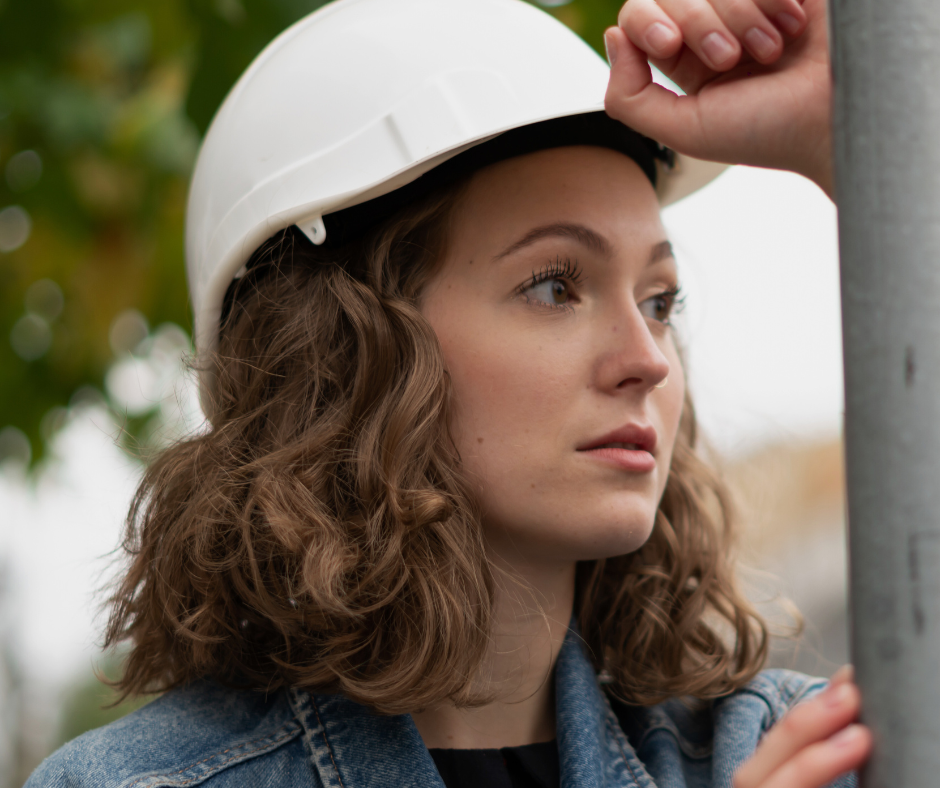

For architects, interior designers, and urban planners, TOD presents a chance to rethink the way cities are designed from the ground up. It opens up creative opportunities to craft vibrant, multifunctional spaces that are truly lived-in—not just passed through.
From designing welcoming transit stations to crafting interiors for mixed-use developments that serve both work and play, TOD asks designers to bring both functionality and beauty to public spaces. It also aligns with sustainability goals, reducing reliance on cars, supporting greener lifestyles, and fostering communities that feel more connected and inclusive. For many creative women, TOD is a way to design for not just buildings but also a more balanced, people-centered way of living.
Exploring the Unique Potential of TOD in Southern Cities
Southern and Southwestern cities, like Atlanta, Dallas, Houston, and even Los Angeles, are known for their sprawling development, which creates a reliance on cars, long commutes, and fragmented neighborhoods. For example, Atlanta’s notorious traffic and expansive metro area have led to long drive times, while Houston’s spread-out suburbs contribute to a lack of walkability and public transportation options.
Similarly, Los Angeles faces challenges with its vast, car-dependent layout that makes connecting neighborhoods and reducing congestion difficult. This kind of urban sprawl makes everyday life more challenging for residents and presents a real hurdle for designers aiming to create spaces that feel connected and accessible. Affordable housing is typically on the outskirts of these cities in “bedroom communities.” Oftentimes, access to transit systems in these areas is limited—making it difficult to get to work or engage with your local community.
TOD can address these issues by offering an alternative—compact, walkable communities that prioritize access to public transit, green public space, and mixed-use developments that integrate residential, commercial, and recreational areas.
Southern Flair and Culture
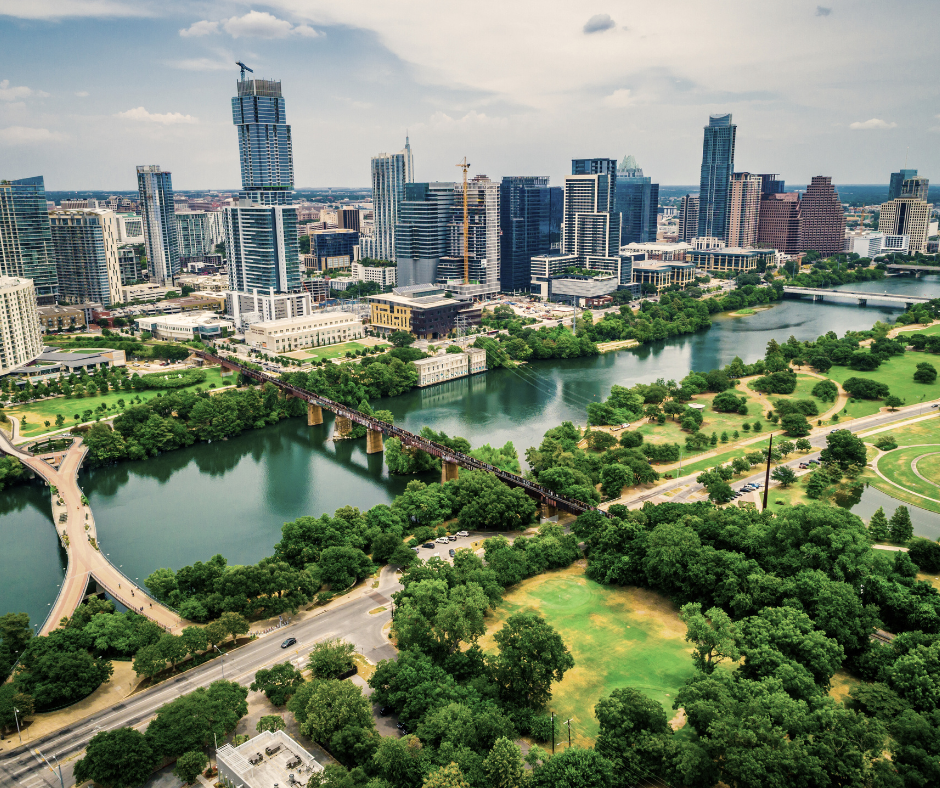

By embracing TOD, local governments and transit agencies can actually help their Southern cities enhance and celebrate their unique culture and sense of place. From the porch-centered homes of Charleston to the music-rich communities of Austin, Southern cities have deep-rooted traditions of hospitality, vibrant public life, and a slower pace that fosters connection.
TOD allows us to build on these cultural traits, enhancing gathering spaces like plazas, markets, and parks that encourage social interaction and bring local traditions into the fabric of everyday life. By designing around transit hubs, there’s a chance to make these cultural nodes more accessible, visible, and integrated into residents’ daily routines, without losing the essence of what makes these cities feel like home.
Southern TOD Success Stories
The South is already home to some innovative Transit-Oriented Development projects that offer inspiration for designers looking to make a difference. Take Atlanta’s BeltLine, for example: a 22-mile loop of multi-use trails, transit, and parks that has transformed former rail corridors into vibrant greenways connecting neighborhoods, fostering local businesses, and providing new public spaces.
In Houston, the Midtown redevelopment has become a model for revitalization, focusing on dense, walkable blocks with apartments, offices, restaurants, and parks, all within easy reach of light rail transit. These projects show how TOD can breathe new life into cities, turning once-forgotten areas into thriving, interconnected communities.
Opportunities for Design Creativity
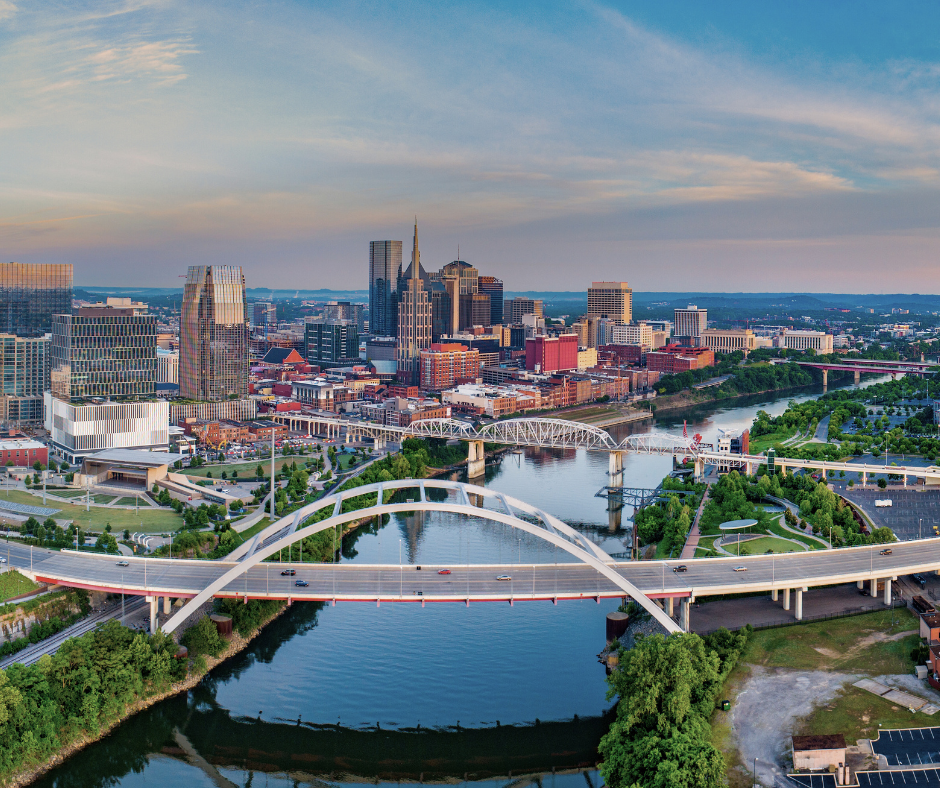

TOD also offers endless possibilities for designers to rethink urban spaces in creative, human-centered ways. Imagine converting an underused parking lot into a mixed-use development with shops on the ground floor, offices above, and apartments surrounding a green courtyard—all connected by a light rail station or bus line.
Opportunities for creative placemaking abound: transit hubs can be reimagined as public art spaces, green roofs can serve as urban gardens, and interior designs can support work-life balance with community rooms and co-working spaces. TOD not only inspires a reimagining of architecture and urban design but also supports a more inclusive, diverse approach to creating vibrant, interconnected places where people live, work, and play.
Environmental and Social Benefits for Women and Families


TOD isn’t just about better transportation—it’s about fostering a lifestyle that supports health, well-being, and stronger communities. For busy women juggling careers, family, and personal time, the environmental and social benefits of TOD are significant.
With shorter commutes and easier access to amenities like parks, schools, and workplaces, TOD helps cut down on time spent in traffic, allowing more time for self-care, family, and creative pursuits. Economic opportunities are more accessible to those living outside the main metro area, too! It also creates safer, walkable neighborhoods that encourage active lifestyles and community interaction, supporting both physical and mental health.
By designing for TOD, women in creative fields can directly influence the way communities are built and function, creating environments that make life more balanced, connected, and joyful for themselves and others.
Fuel your creative fire & be a part of a supportive community that values how you love to live.
subscribe to our newsletter
*please check your Spam folder for the latest DesignDash Magazine issue immediately after subscription


Challenges to Overcome: Sprawl, History, and Mindset Shifts
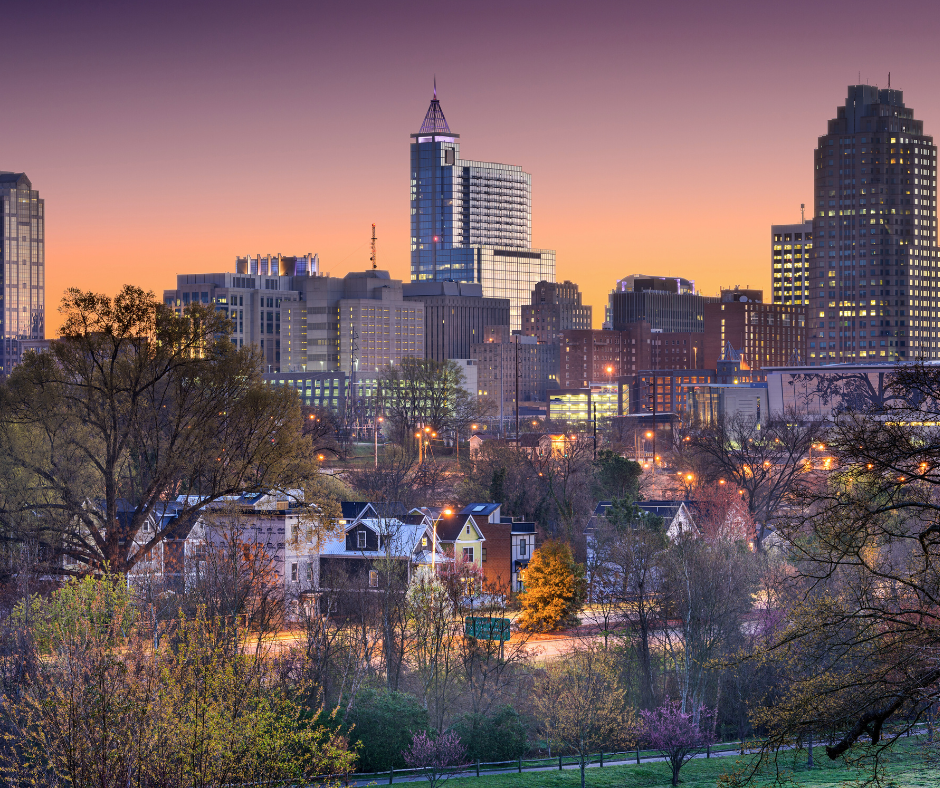

The Southern US faces unique challenges when it comes to transforming urban spaces, with sprawl being one of the largest. The layout of these cities, often built around highways and suburban neighborhoods, has reinforced a car-dependent culture and zoning that separates residential, commercial, and industrial uses.
Add to this the impact of heat and weather, which can make walking and biking unappealing for much of the year, and it becomes clear why the shift to Transit-Oriented Development isn’t always easy. Designers also need to respect and work with the historic architecture and distinct sense of place found in the South, which sometimes can feel at odds with more modern, compact TOD strategies. Navigating these hurdles requires a careful balance of preserving tradition while promoting more connected, efficient, and sustainable growth.
Mindset and Cultural Shifts
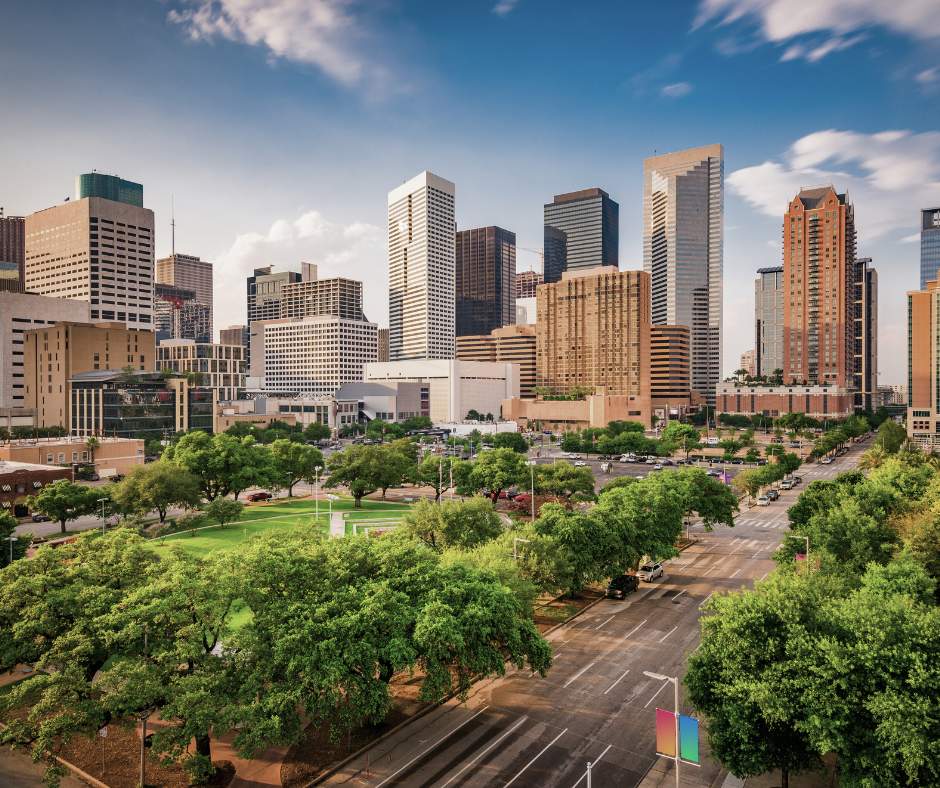

For TOD to succeed, Southern cities need more than just physical changes—they need a cultural shift. Car culture runs deep in many of these cities, where owning and driving a car has long been seen as a symbol of freedom and convenience. Moreover, suburban living is often associated with space, privacy, and safety, making the concept of denser, mixed-use development seem foreign or undesirable to many.
Part of the challenge lies in re-educating communities about the benefits of TOD, like shorter commutes, increased walkability, and greater access to amenities, while also making sure that TOD is designed to meet the needs of a range of people, including families, seniors, and those with limited mobility. This shift in thinking requires patience, community engagement, and above all, design solutions that make TOD not just functional, but aspirational and inviting.
Bridging the Gap with Innovative Design Thinking
This is where women in design come in. Creative women architects, interior designers, and urban planners are uniquely positioned to bridge the gap between old mindsets and new possibilities. By bringing empathy, collaboration, and creativity to the forefront, they can champion TOD principles in ways that resonate with local communities.
Whether it’s designing a mixed-use building that blends seamlessly with historic surroundings, creating public spaces that foster connection and safety, or using storytelling to help residents visualize how TOD can improve their quality of life, women designers have the vision to make TOD more than just a policy change—they can make it a lifestyle change. Their ability to balance practicality with creativity means they can lead the charge in designing spaces that are not only transit-friendly but also deeply livable, beautiful, and reflective of the South’s unique culture and needs.
What Can You Do? Actionable Tips for Designers and Planners to Embrace TOD
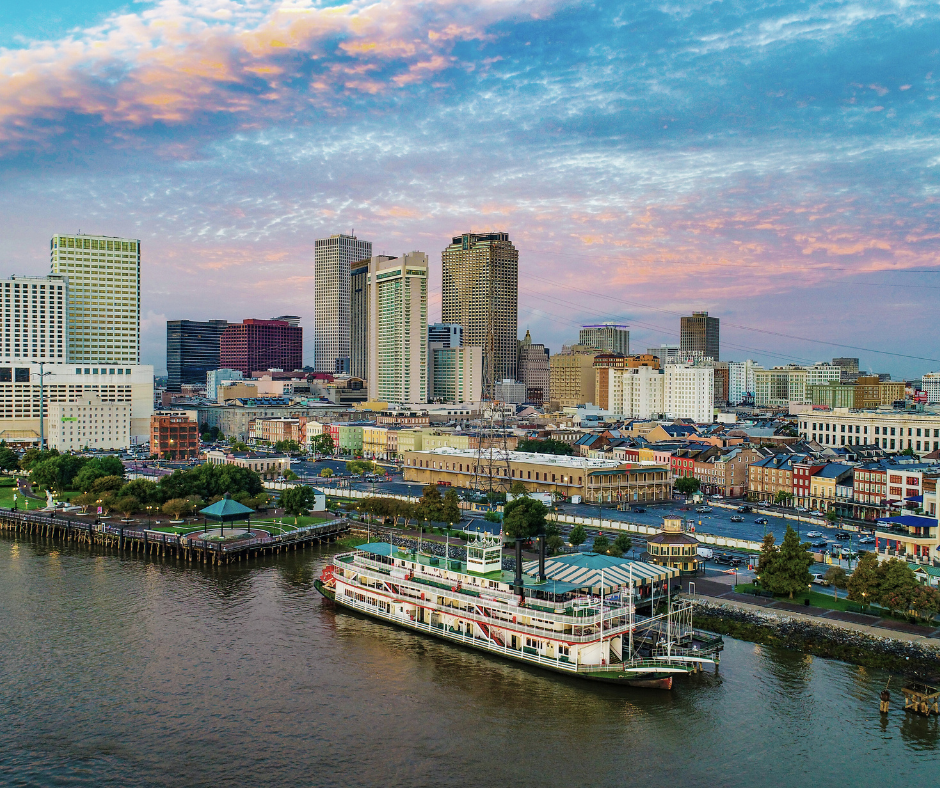

One of the most powerful ways to support Transit-Oriented Development is by engaging with the communities you design for. Hosting workshops and public discussions can make all the difference in fostering excitement and understanding around TOD.
As a designer, you can lead these conversations, providing visuals, storytelling, and relatable examples to help residents see how TOD can improve their day-to-day lives—whether it’s creating safer streets, more walkable neighborhoods, or closer access to amenities. By becoming an advocate and educator, you help shift mindsets and empower communities to be part of the transformation, making the design process a collaborative, inclusive journey.
Making Sustainable and Local-Focused Design Choices
Embracing TOD offers the perfect opportunity to prioritize sustainability and locality in your design choices. Consider using local, sustainable materials that not only reduce environmental impact but also enhance the character of the place. Think of materials like reclaimed wood, native plants, or locally-made finishes that reflect the culture and aesthetics of the Southern environment.
Additionally, design with walkability and public transit access in mind—think wide sidewalks, shaded pathways, and bike-friendly infrastructure that encourage active lifestyles and reduce car dependency. Designing with sustainability and accessibility not only supports TOD but also enhances the well-being and comfort of those who use the spaces you create.
Thinking at Multiple Scales
TOD isn’t just about the big picture—urban planning and development—it’s also about designing individual buildings and spaces that support the overall goals of connectivity and accessibility. When thinking at multiple scales, consider how your interiors can complement the urban environment around them. For instance, a mixed-use building designed for TOD might include residential units, retail spaces, and offices all within a single, compact footprint, with interiors that support easy movement and access to transit.
Or consider creating transit-friendly environments by designing building facades that engage the street level, offering inviting storefronts, public seating, and greenery that make transit stops feel safe, lively, and integrated into the neighborhood. By thoughtfully blending citywide planning with the details of individual buildings, you help create vibrant, walkable communities that elevate the everyday lives of their residents.
Final Thoughts: How Could TOD Enhance Your City?
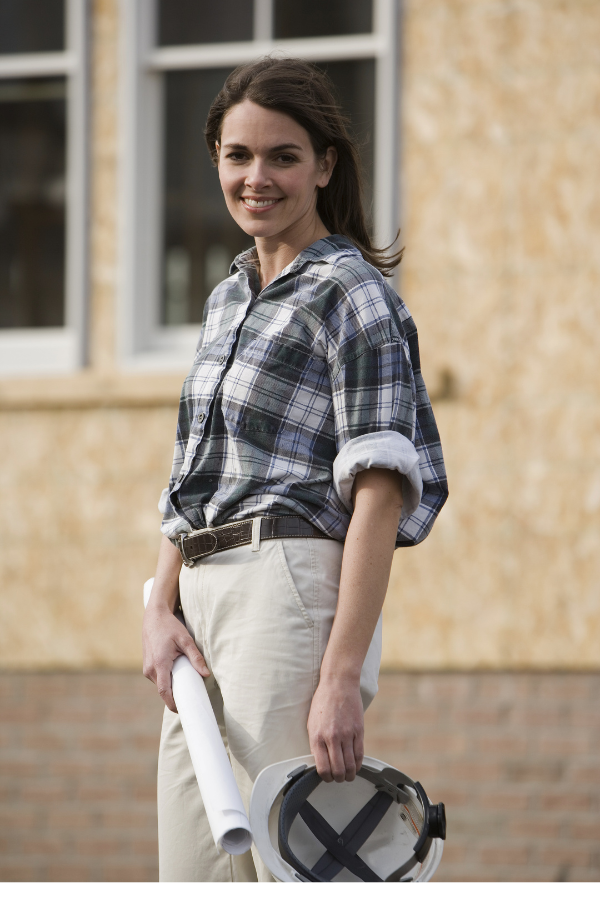

As creative women in design, you have the power to lead this movement, building cities that move us closer to our families, to our passions, and to each other. By fostering vibrant, walkable neighborhoods that bring together beauty, sustainability, and functionality, TOD enables a lifestyle that feels more balanced and connected.
Whether you’re sketching out the layout for a new mixed-use development or simply finding inspiration in how to design for well-being and accessibility, your work can transform not just the Southern cities you live in but also the lives of those who call them home. Today, take one action to bring that vision to life—attend a local city planning meeting, connect with colleagues on a TOD project, or start imagining how your next design can support transit and connection. Small steps lead to big changes, for our cities and ourselves.








